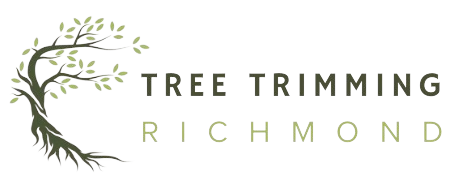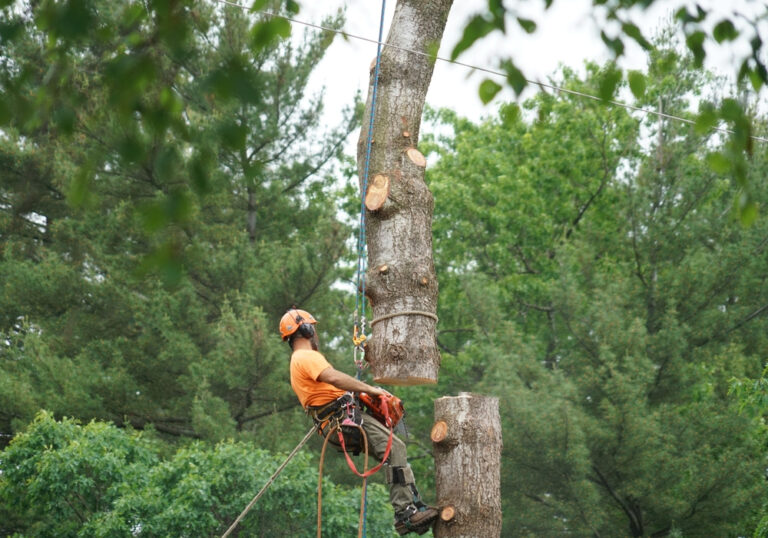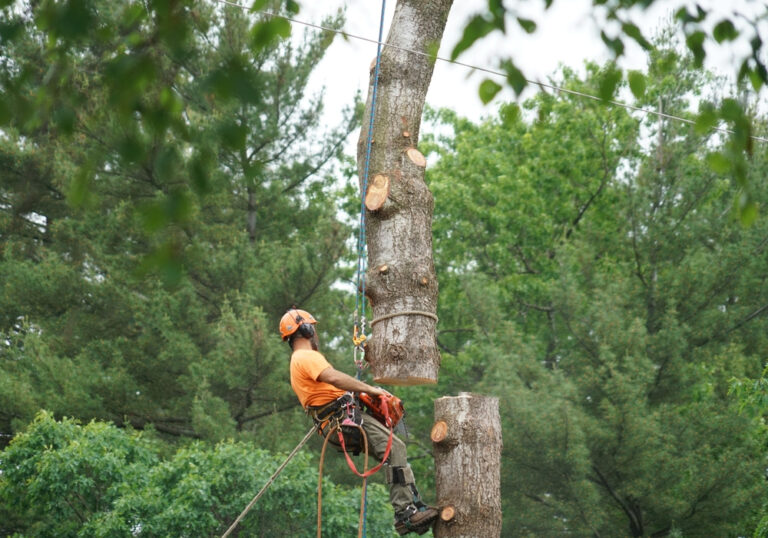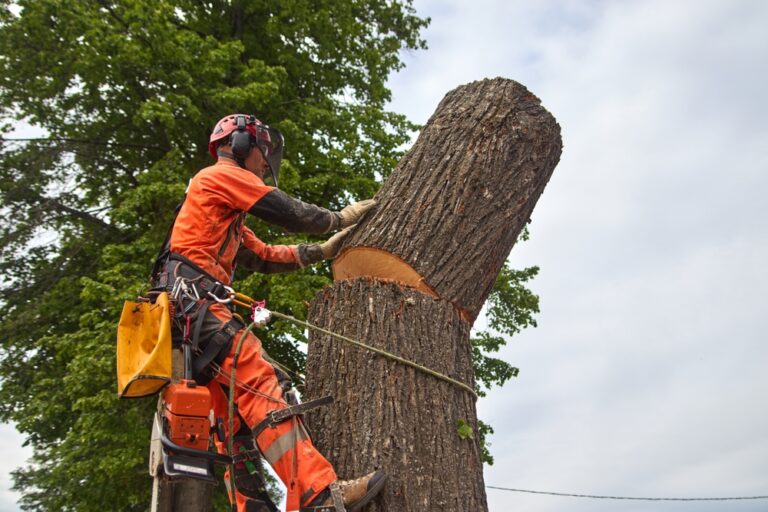Imagine this: Your yard’s big tree has grown to be a safety concern or no longer matches your landscape design. You could be asking yourself, “Should I hire a professional or remove it myself?” Dealing with unwelcome trees presents many homeowners with this conundrum.
Removing trees on your own can look as a fulfilling and reasonably priced challenge. Still, it has major hazards as well. This tutorial will discuss the advantages and drawbacks of yourself removing a tree, therefore enabling you to decide whether to do the work or engage a professional arborist for tree removal. Key things to weigh are safety, cost, complexity, and rules.
Pros of DIY Tree Removal
1. Cost Savings
One of the main reasons homeowners choose do-it-yourself tree removal is to save money; hiring a professional tree removal service can be costly, with expenses ranging from a few hundred to several thousand dollars depending on the size and location of the tree. By handling the job yourself, you can avoid labor costs and only spend on equipment and disposal fees.
2. Flexibility and Control
Eliminating a tree personally lets you start working at your own speed and timetable. You can arrange the removal process in stages to make it more controllable; you do not have to coordinate with a professional service.
3. Personal Satisfaction
Clearing and downing a tree successfully can be rather satisfying. Completing a difficult home repair job gives many do-it-yourselfers a great sense of achievement.
4. Learning Opportunity
Starting a do-it-yourself tree removal job lets you pick up useful knowledge in safety precautions, equipment handling, and correct cutting procedures. This information will help with next landscaping or maintenance projects.
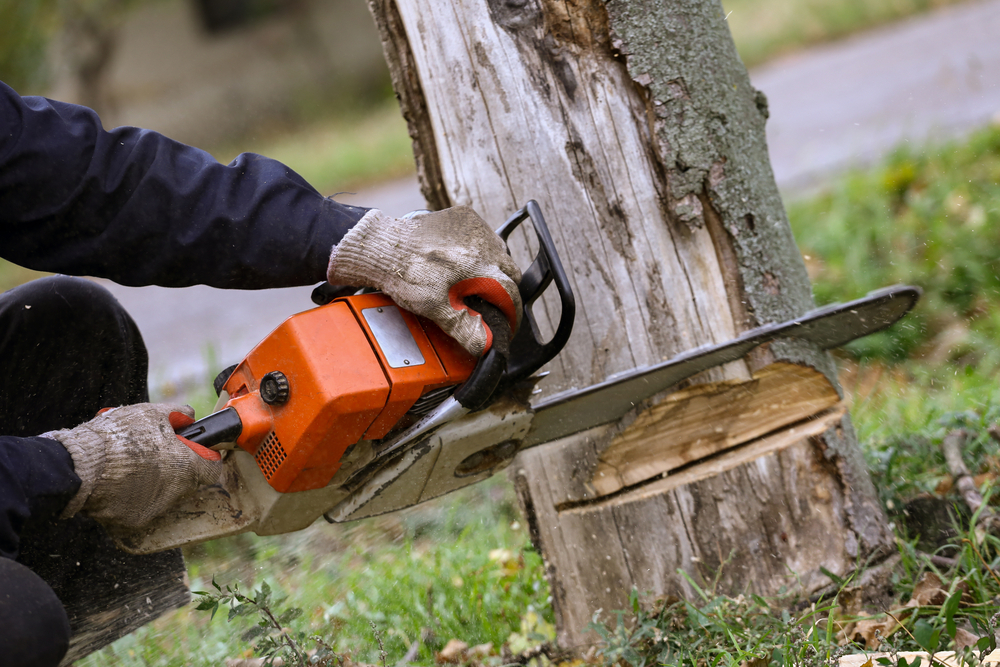
Cons of DIY Tree Removal
1. Safety Risks
Among the most dangerous do-it-yourself projects is tree removal. This is the justification:
Falling Limbs and Trees: Branches and trees do not always fall where you would have anticipated. An improper cut could cause major property damage or injuries.
Improper Cutting Techniques: If you are not experienced with notching and back cuts, you may underestimate the fall’s direction and thereby increase your risk.
Working at Heights: Especially without correct training, climbing ladders or utilizing harnesses while operating a chainsaw can be rather dangerous.
Equipment Hazards: Other instruments like chainsaws and axes call for knowledge and safety. Misuse might cause serious harm.
Power Lines: Near electricity lines, trees create an electrical hazard. A minor error could lead to a major mishap.
2. Complexity and Difficulty
Removal of trees is not as straightforward as it seems. A number of elements contribute to the difficulty.
- Tree Size and Species: Large or dense trees are more difficult to down than small, light-weight ones.
- Obstacles: Removal is difficult beside houses, fences, or power lines.
- Stump Removal: You have a stump once you cut the tree. Stump grinding or removal calls both more work and specific tools.
3. Equipment Requirements
Tree removal requires specific tools, such as:
- Chainsaws
- Ropes and harnesses
- Wedges and axes
- Safety gear (gloves, helmet, goggles)
Renting or buying this machinery can increase the total expenses. Maintaining and organizing these instruments also falls under constant duty.
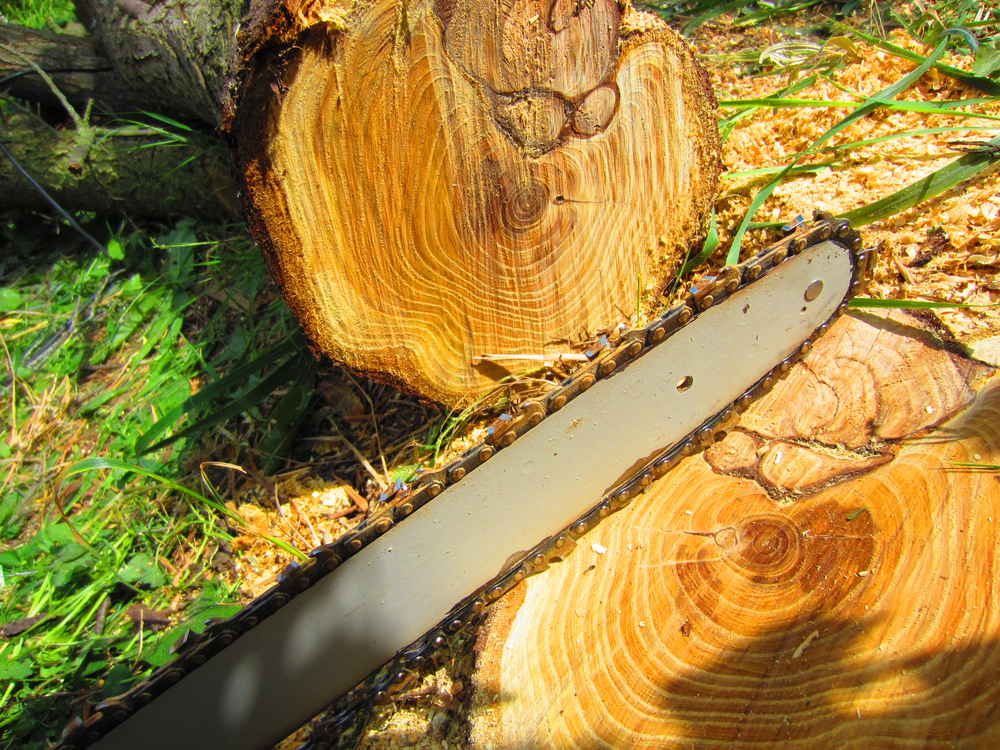
4. Time Commitment
Removing a tree takes time. You need to:
- Assess the tree and plan the cutting strategy.
- Gather and inspect equipment.
- Carefully cut and remove branches before felling the tree.
- Dispose of debris and possibly grind the stump.
For those with busy schedules, DIY tree removal can be too time-consuming.
5. Regulations and Permits
You might have to check local rules before downing a tree. Some places, particularly for big or protected species, call for licenses for tree removal. Ignoring advice could lead to fines or legal problems.
6. Potential for Damage
Removing trees on your own could result in expensive mistakes including:
- Property Damage: A tree falling the incorrect direction can strike your house, car, or fence.
- Injury to Self or Others: Accidents become much more likely without experience.
When to Hire a Professional
Under some circumstances, hiring a professional arborist is the safer option:
- Large or Complex Trees: Professionals know how to properly remove a tree whether it is tall, heavy, or near construction.
- Trees Near Power Lines: Avoiding electrocution hazards calls for specialized knowledge and tools.
- Lack of Experience or Equipment: Hire a professional if you lack confidence in your capacity to properly remove the tree.
- Time Constraints: Professionals save you time and effort by doing the work effectively.
- Stump Removal: Arborists have the means to efficiently grind or remove stumps.
Choosing a Professional Arborist
If you decide to hire an expert, consider these factors:
- Credentials and Certifications: Search for a proven-experienced ISA-certified arborist.
- Insurance and Bonding: Make sure the business has liability insurance to pay possible losses.
- Experience and Reputation: To identify a trustworthy specialist, evaluate materials and request references.
- Multiple Quotes: Before deciding on an arborist, compare services and costs among several ones.
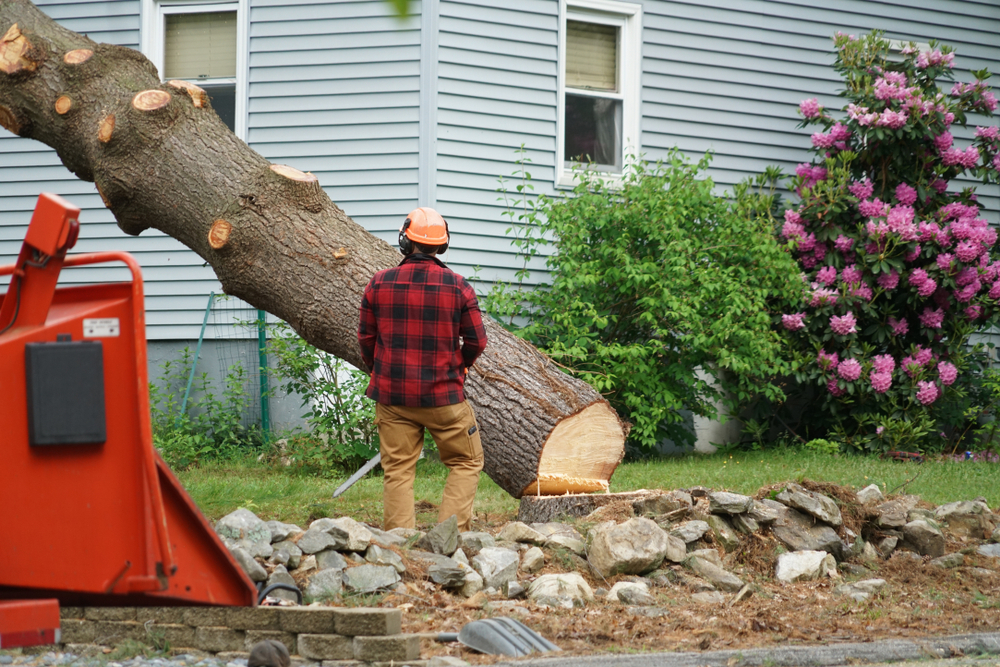
Conclusion
Though it can be a rewarding experience and save money, do-it-yourself tree removal carries major hazards. Important things to give thought include safety issues, equipment expenses, and time investment. Hiring an expert is the best course of action if the tree is big, close to barriers, or calls for particular knowledge. Carefully consider the benefits and drawbacks before deciding; give safety top priority.
Tree Trimming Richmond
(804) 533-3943
https://treetrimmingrichmond.com/
